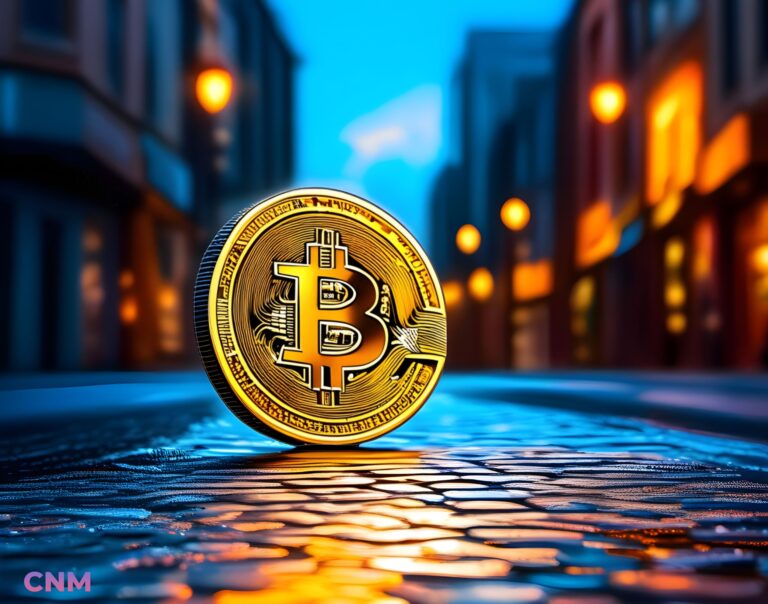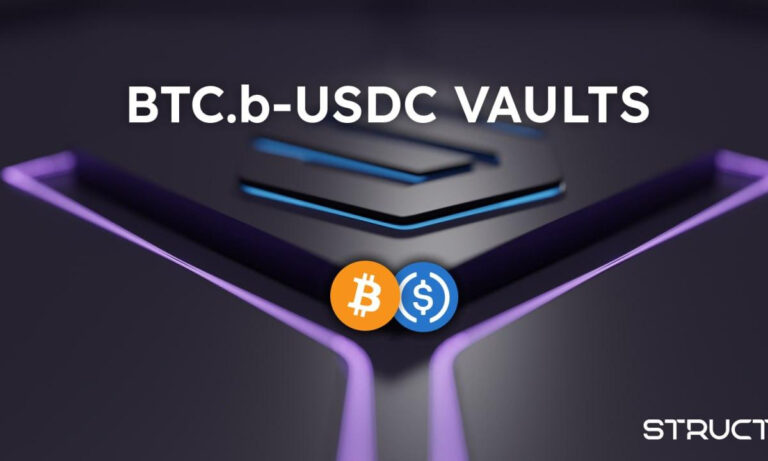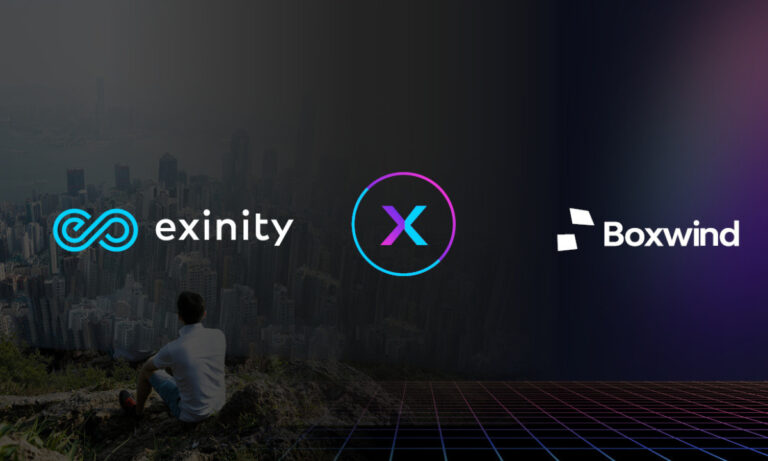WalletConnect 101: How to Connect Your Wallet to Decentralized Applications

- WalletConnect is an open-source protocol that allows users to securely connect their cryptocurrency wallets to dApps through a QR code scan.
- As blockchain technology continues to evolve, we can expect WalletConnect to continue to adapt and support even more chains and platforms.
WalletConnect is an open-source protocol that allows users to securely connect their cryptocurrency wallets to decentralized applications (dApps) through a QR code scan. It enables users to interact with dApps without compromising the security of their private keys, which are kept in their own wallets.
With WalletConnect, users can connect their wallets to various dApps across different blockchain networks, such as Ethereum, Binance Smart Chain, and Polygon. Once connected, users can then perform various actions, such as buying and selling cryptocurrencies, trading on decentralized exchanges, and participating in yield farming.
WalletConnect is a powerful protocol that provides several helpful features for blockchain development. One such feature is chain agnosticism, which means that the protocol can be used with a wide range of different blockchain networks, including Ethereum, Solana, and others. This flexibility makes it easier for developers to build applications that work across different chains.
Another key feature of WalletConnect is its multi-chain support, which allows users to connect their wallets to multiple blockchain networks simultaneously. This means that users can interact with different applications on different chains without having to switch between wallets.
Finally, WalletConnect is platform agnostic, which means that it can be used with a variety of different platforms, including desktop, browser, mobile, and gaming platforms. This makes it easier for developers to build applications that work on a variety of different devices and platforms.
Here’s a step-by-step breakdown of how WalletConnect connects to DApps:
- The user opens the DApp on their device and selects the option to connect their wallet.
- The DApp generates a unique QR code that contains a connection request.
- The user then scans the QR code using their wallet app, which generates a unique response QR code.
- The DApp scans the response QR code and retrieves the connection request from the WalletConnect server.
- The DApp and wallet then establish a secure, encrypted communication channel, allowing the user to interact with the DApp using their wallet.
The secure communication channel ensures that the user’s private keys and transaction data are protected, while also providing a seamless and user-friendly experience.
Conclusion
WalletConnect is a crucial protocol that enables users to securely connect their wallets to decentralized applications. It provides a seamless, user-friendly experience while protecting the user’s private keys and transaction data.
As blockchain technology continues to evolve, we can expect WalletConnect to continue to adapt and support even more chains and platforms. With its multi-chain and platform-agnostic features,
WalletConnect is well-positioned to play an essential role in the future of crypto, providing developers with the tools they need to build secure and user-friendly decentralized applications that work across different chains and platforms.











+ There are no comments
Add yours